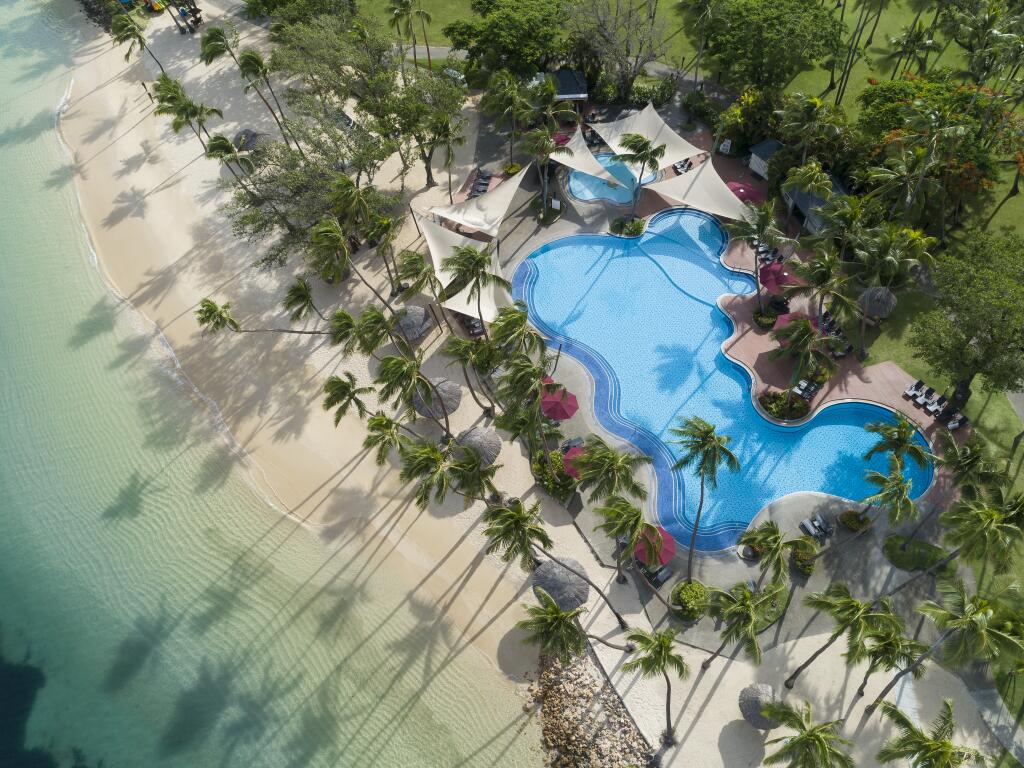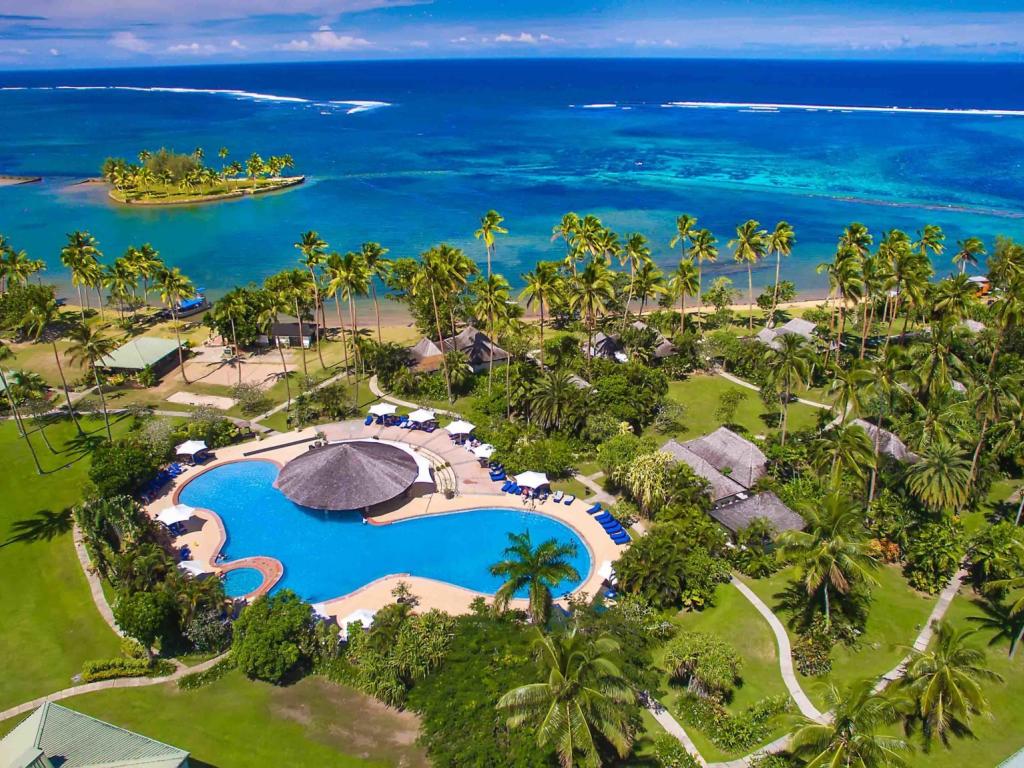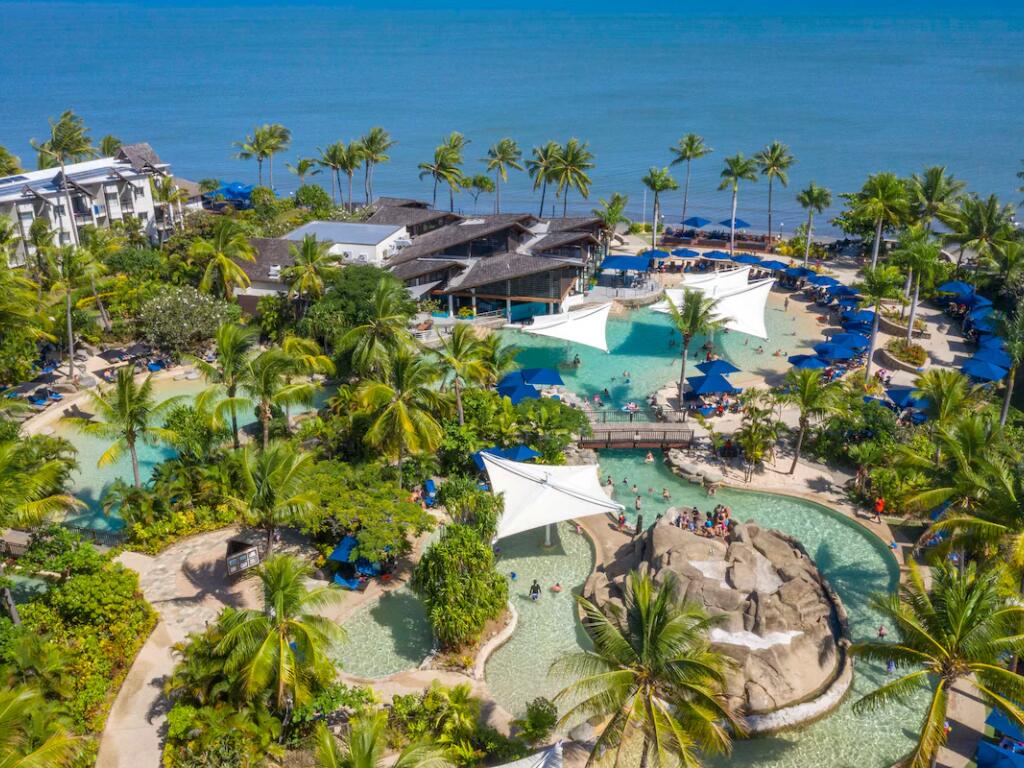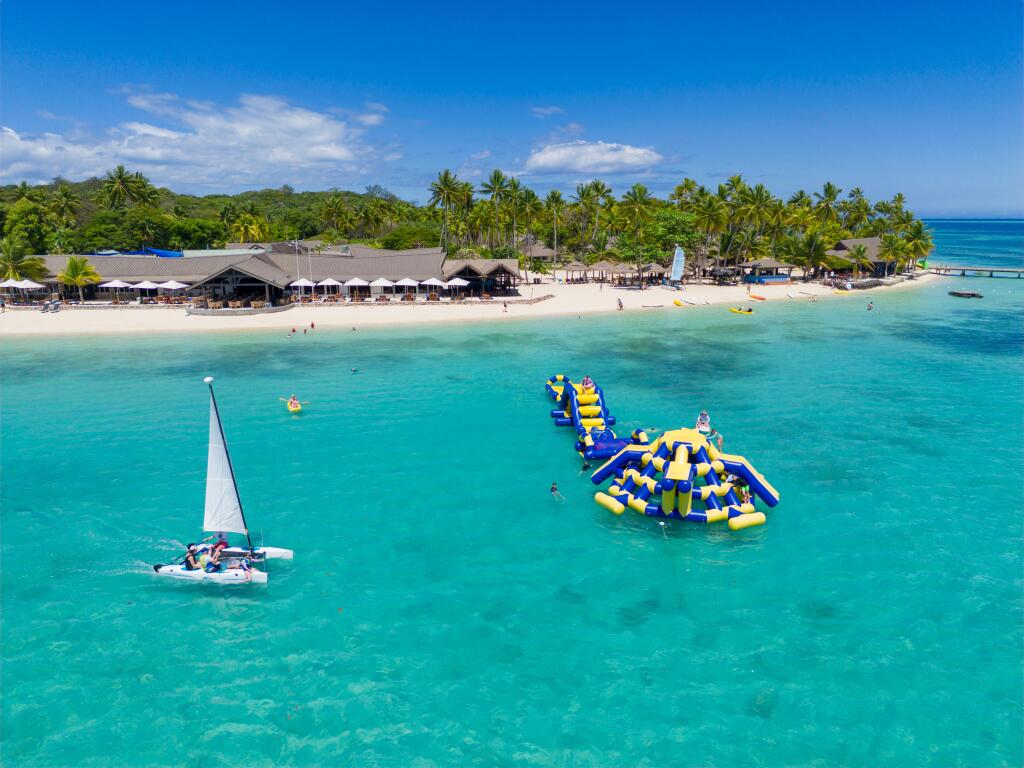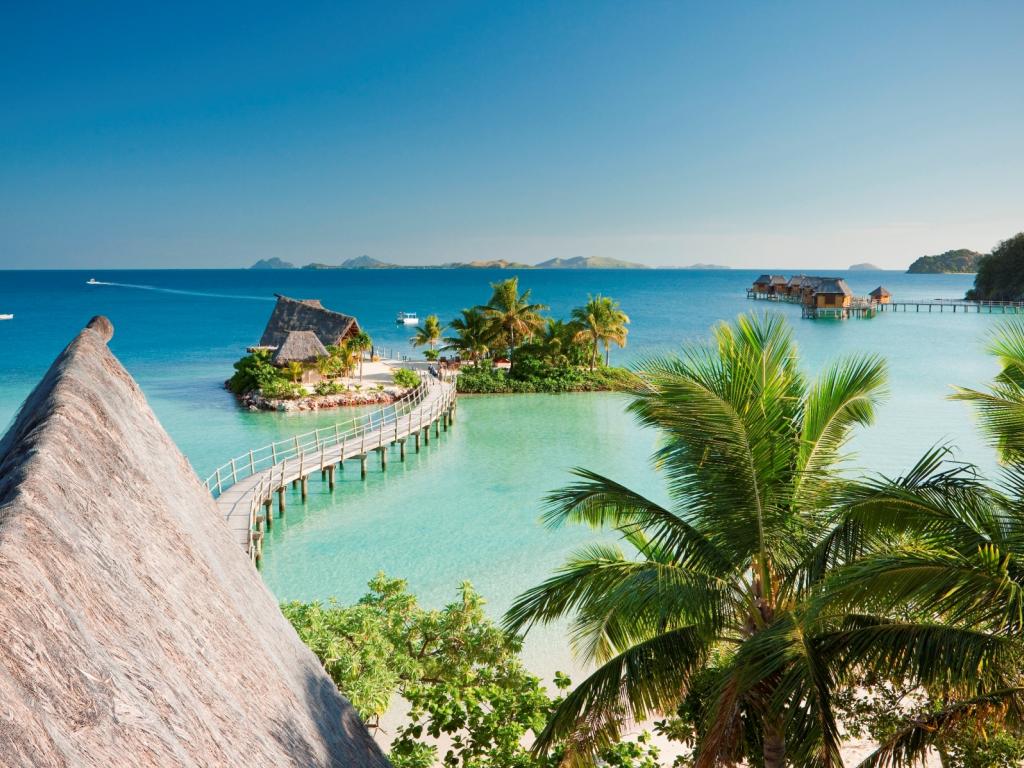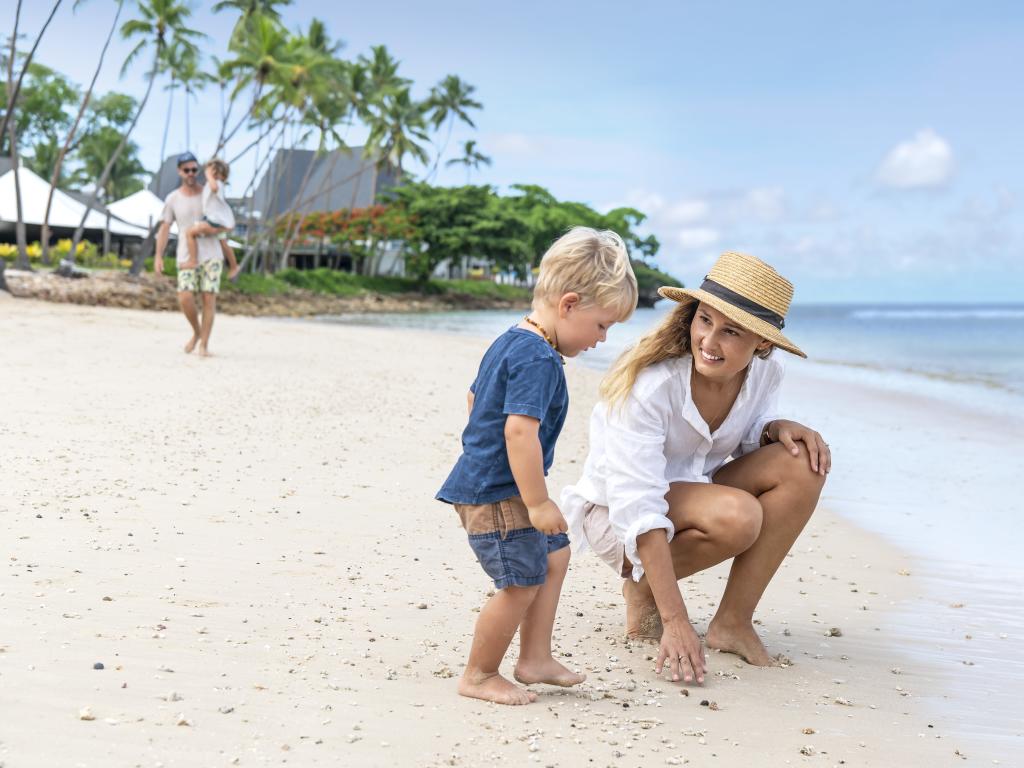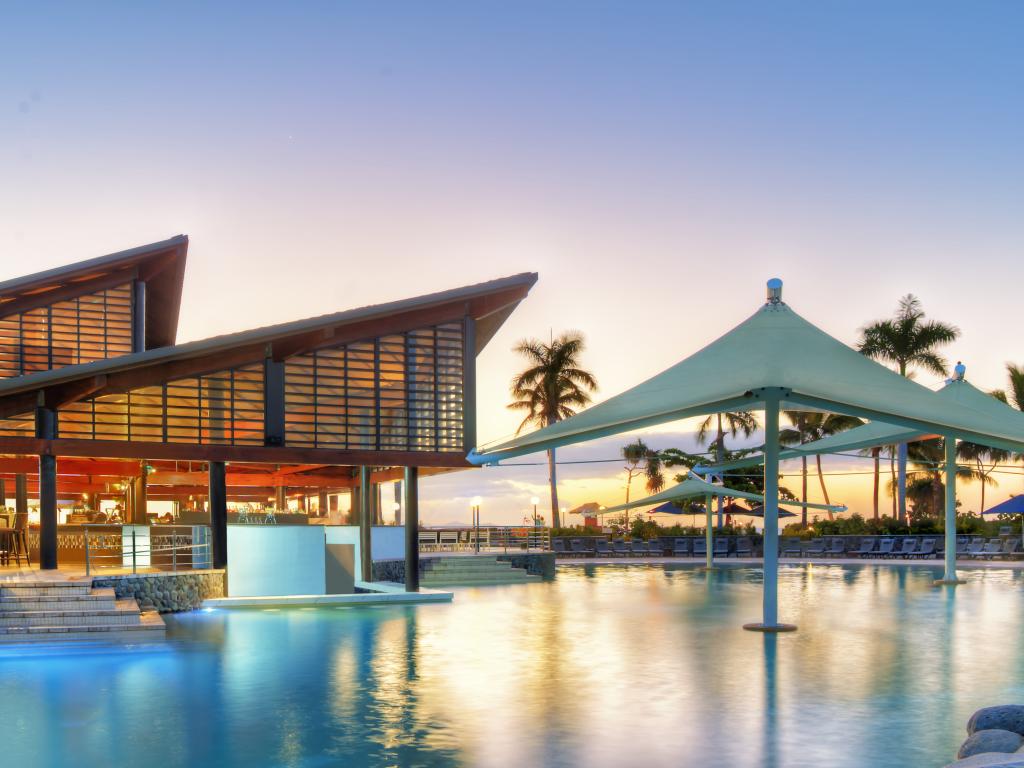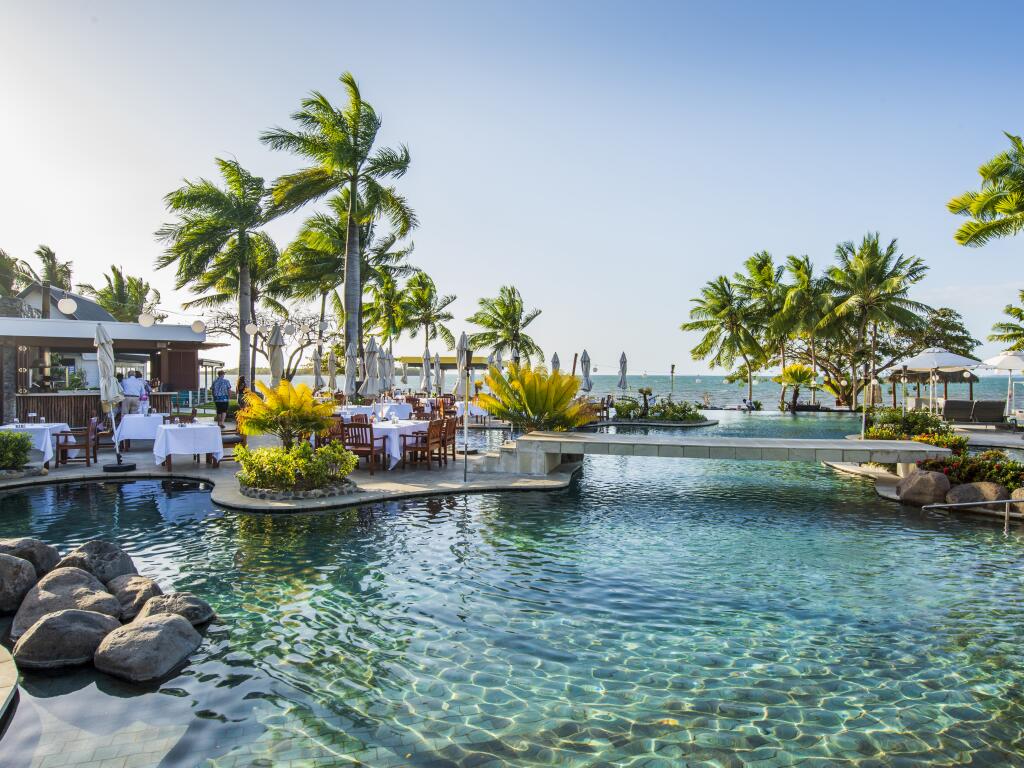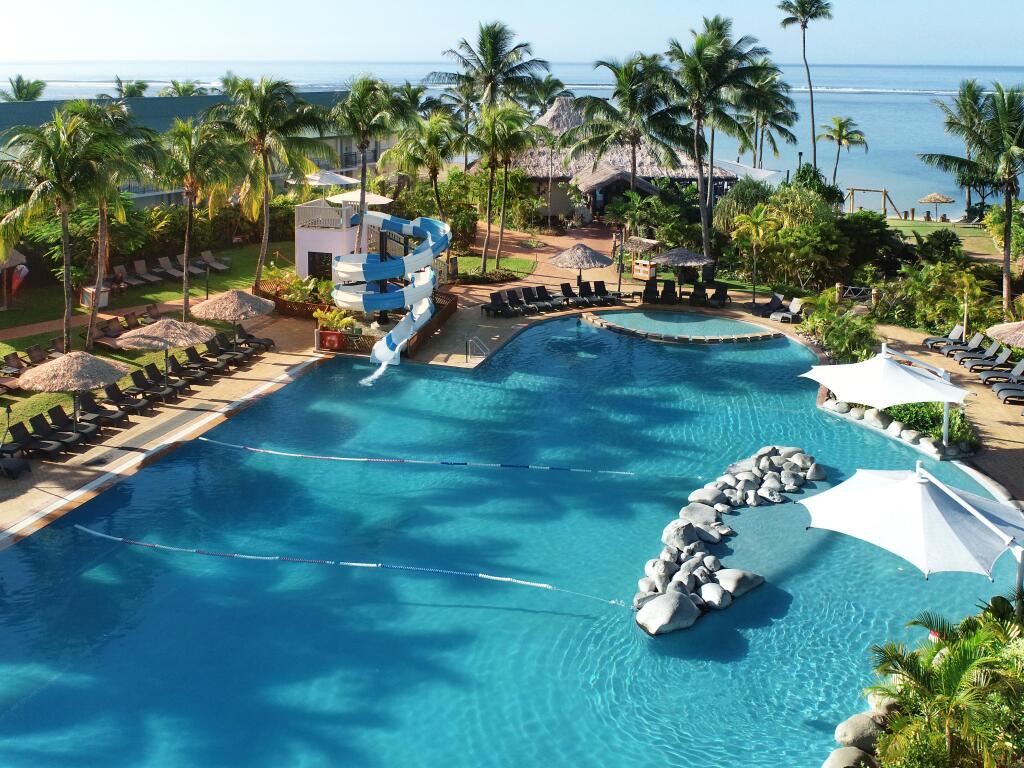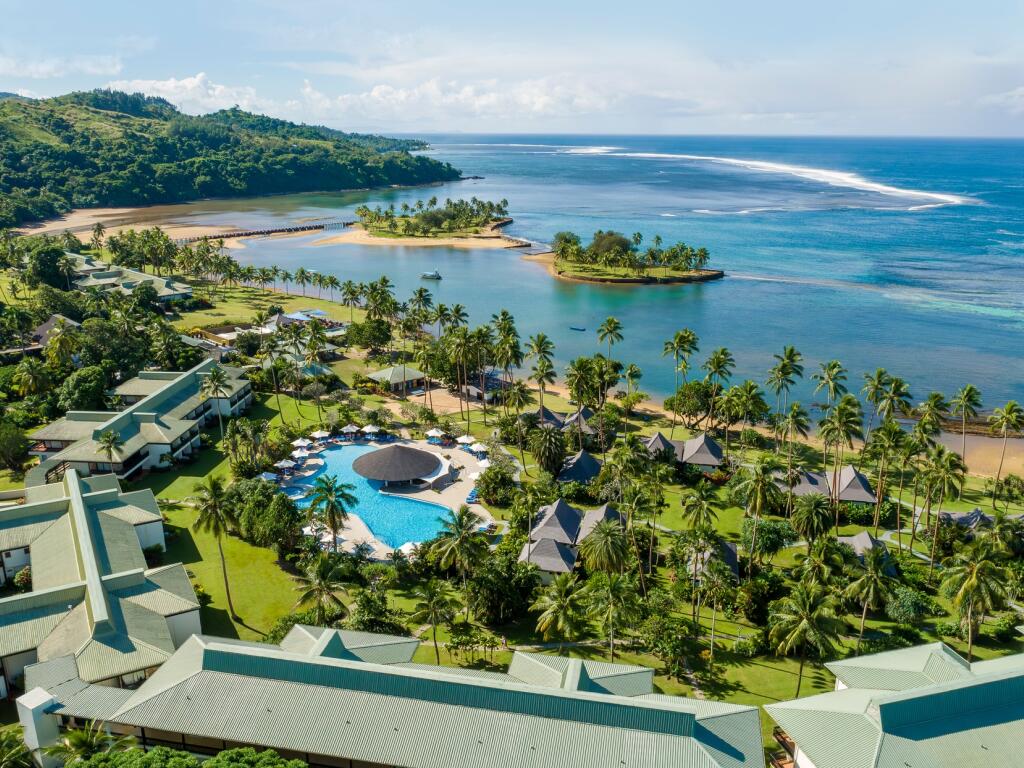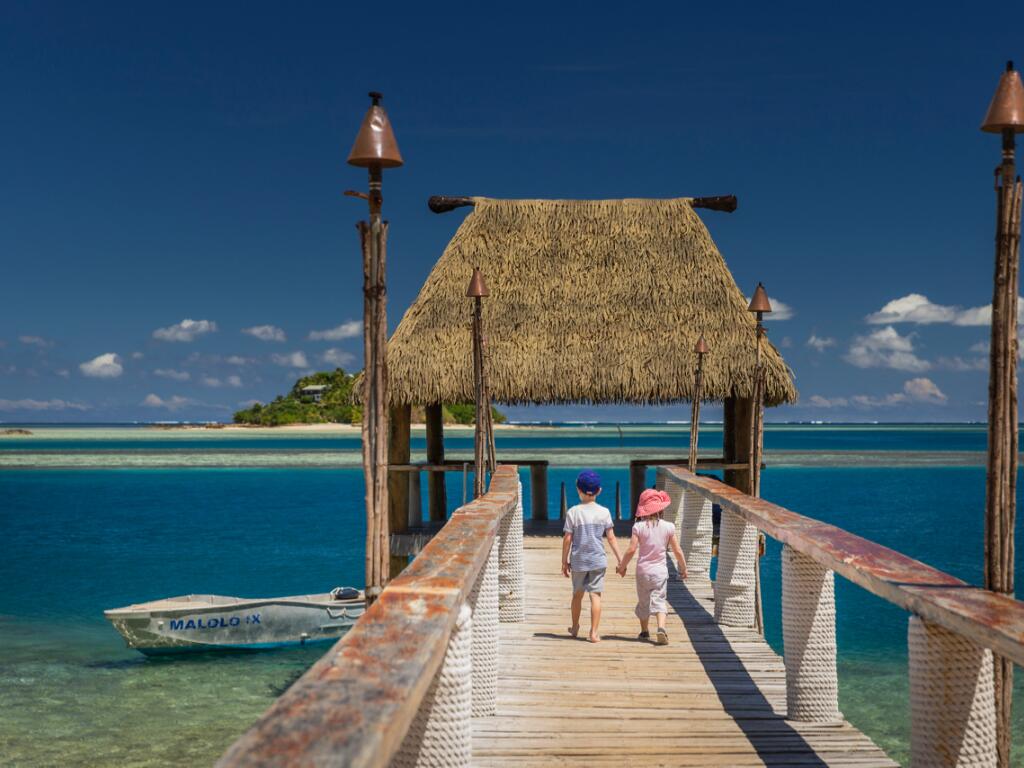Fiji Language
Fiji is a large island nation in the South Pacific, and although the majority of its population is English-speaking, many locals still speak Fiji Hindi or Bau Fijian. This diversity in language reflects the country's multicultural heritage and history and is part of the charm of holidaying in Fiji. The warm local greeting of Bula! follows you wherever you go, along with the wide and welcoming smiles of the friendly Fijian people.
Like any country, if you're thinking of packing your bags and heading to Fiji, it is polite to familiarise yourself with their culture and some of the common nuances and phrases of their native language. Doing so will allow you to better connect with locals and make for a more meaningful and enriching experience.
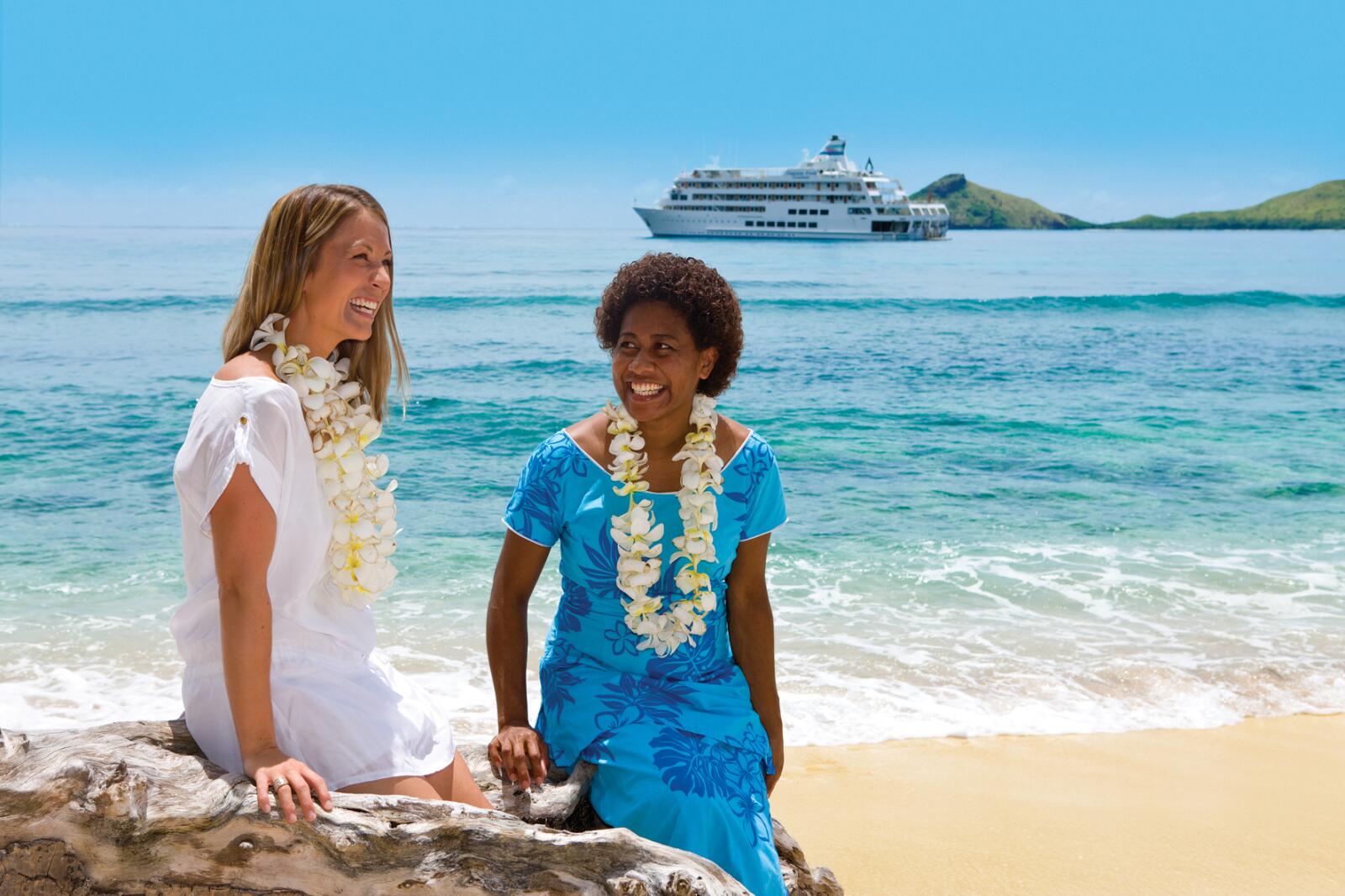
Languages Spoken in Fiji
Fiji has three official languages: English; spoken by the majority of the population, Bau Fijian; spoken by Native Fijians, and Fiji Hindi; spoken by Indo-Fijians.
Bau Fijian
The traditional Fijian language is made up of a number of dialects, with the official interpretation being Bau Fijian. An Austronesian language, Fijian was initially spoken in Fiji when the first inhabitants arrived 3500 years ago from either Vanuatu or the Solomons. Today, just 450,000 (less than half the population) Fijians speak it as their first language, while 200,000 speak Bau Fijian as a second language.
English
English is the most commonly spoken language in Fiji, used by the wider Fijian population alongside the courts, businesses, and education system. Additionally, locals who speak Bau Fijian or Fijian Hindi as their primary language use English as their secondary language. This is attributed to the colonisation of Fiji by the British in 1874, and despite gaining independence in 1970, English remains the primary language.
Fiji Hindi
In the late 19th century, the British brought Indian labourers to Fiji for sugarcane farming.
These labourers were initially contracted to work for a set number of years. However, many stayed after their contracts, giving rise to Fiji's Indo-Fijian community. Today, Fiji Hindi, primarily spoken by Indo-Fijians, is one of the country's official languages.
Lessons in Bau Fijian
If you're headed to Fiji and looking to learn more about the language, it is important to understand that some letters are pronounced differently in Fijian. Knowing the nuances within Bau Fijian shows respect for the local language and culture and allows for effective communication between locals and visitors.
Common nuances in Bau Fijian include:
- The letter 'D' has an invisible 'N' before it; for example - Nadi is pronounced 'Nandi', and the tasty, cool marinated seafood dish called kokoda is pronounced 'kokonda'.
- The letter 'B' has an invisible 'M' before it; for example - words like Toberua are pronounced 'Tomberua'.
- The letter 'C' is pronounced as a 'th'; for example - Mamanuca is pronounced 'Mamanutha'.
- The letter 'G' is pronounced as 'ng'; for example - Sigatoka becomes 'Singatoka' and Naigani is 'Ninegani'.
Common Words and Phases In Bau Fijian Include:
| English | Fijian | Pronunciation |
|---|---|---|
| Hello/hi | ni sa bula | nee sar bula |
| Good morning | ni sa yadra | nee sar yarndra |
| Goodbye | sa moce | sa more there |
| Please | yalo vinaka | yarlo veenarka |
| Excuse me | tulou | too low |
| Yes | io | ee or |
| Thank you/good | vinaka | veenarka |
| Thank you very much | vinaka vaka levu | veenarka varka levoo |
| Much/big | levu | levoo |
| No | sega | senga |
| Eat | kana | karna |
| Village | koro | ko ro |
| A little/small | vaka lailai | va ka lie lie |
| Great/a lot | vaka levu | va ka levoo |
| Fast | vaka totolo | va ka tortorlo |
| Slowly | vaka malua | va ka mar lua |
| House | vale | va le |
| Toilet | vale lailai | va le lie lie |
| Come | lako mai | la ko my |
| Go | lako tani | la ko tan i |
| One | dua | du a |
| Two | rua | ru a |
| One more | dua tale | du a ta le |
Note: Greetings may be shortened, for example, Ni sa bula can be just 'bula', ni sa yandra can be just 'yandra', and sa moce can be simply 'moce'.
Book your Fiji Holiday With TravelOnline
If you're eager to learn more about the Fijian language and culture, there is no better way to do so than to experience it for yourself. You can get started by checking out our all-inclusive Fiji accommodation deals. You can choose from a selection of family-friendly hotels and resort-style villas and enjoy a range of activities designed to immerse yourself in the local customs and culture.
Better yet, if you're celebrating a special occasion, you might like to check out the top holiday resorts in Fiji. Here, you can indulge in world-class accommodations and amenities whilst basking in the beauty of the islands. Even more, our all-inclusive holiday packages allow you to experience the best of what Fiji has to offer and more, all with one quick and hassle-free booking.
With our long-standing supplier relationships, we're able to offer our customers deals they are unlikely to find anywhere else. This way, you're able to enjoy significant savings on a range of holiday necessities such as flights and accommodation and extras such as room upgrades, island tours, and activities. Contact a friendly member of our team today for more information, and start your next adventure!

